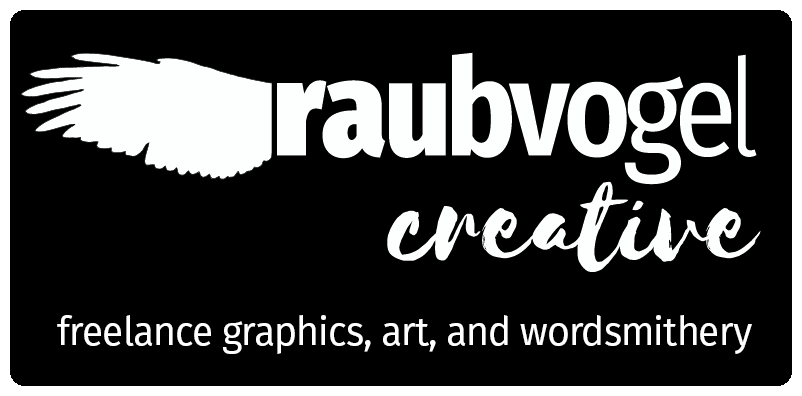
Esrog boxes are a woodworking project I’ve turned to a few times over the years. They take a whole summer to make, and, unlike other projects like bread boards and lamps, it doesn’t matter if a camper’s older sibling has already made one – as soon as a boy is old enough, he can use one of his own. Wooden boxes must, by necessity, be larger than the fancy silver ones, because a thin sheet of metal is much stronger and resilient than an equivalent thickness of wood – and the internal volume of the box must be large enough to hold a decent-sized esrog. That makes designing a modestly-sized wooden esrog box a challenge.
My first design for an esrog box dates back to the mid-nineties, when I worked at Camp Shivte Yisrael, in the Catskills. If anything, it was too easy for campers to cut out, and it was a little tricky to assemble without clamping. It was also really big. (I sometimes call it my “esrog trunk.”) However, it was easy to inscribe and decorate, and it would be very easy to mass-produce. The corners are standard cove molding. (The ornamentation was done before varnishing, using oil color pencils from Walnut Hollow Farm.)




Esrog Box 2 was designed for Camp Ashreinu, a day camp. The first prototype had a horizontal, clamshell design, with a braided leather carrying strap and a solid brass pitam. IIRC, it looked like it might be a little tricky for the campers to pull off, and the hinged lids wobbled a bit. I redesigned it with a vertical alignment. The lid lifts right off; when on, it’s held in place by two rare-earth magnets. (I love using rare-earth magnets in craft projects!)




Esrog Box 3 was also designed for Camp Ashreinu. It cuts a much smaller profile, similar to that of the cardboard boxes esrogim ship in. (If I were to do it again, I’d make it half an inch longer.) Each layer was made from a precut blank – the boys hollowed out the insides. A lip, glued to the lid, allows the lid to fit snugly into the sides of the box, and rare-earth magnets keep the lid from popping off. This time, I came up with a new twist: Instead of printing the usual paper patterns, which have to be pinned onto the wood in just the right position and traced with carbon paper, I designed 3D-printed plastic stencils, which snapped onto the wood blanks.








